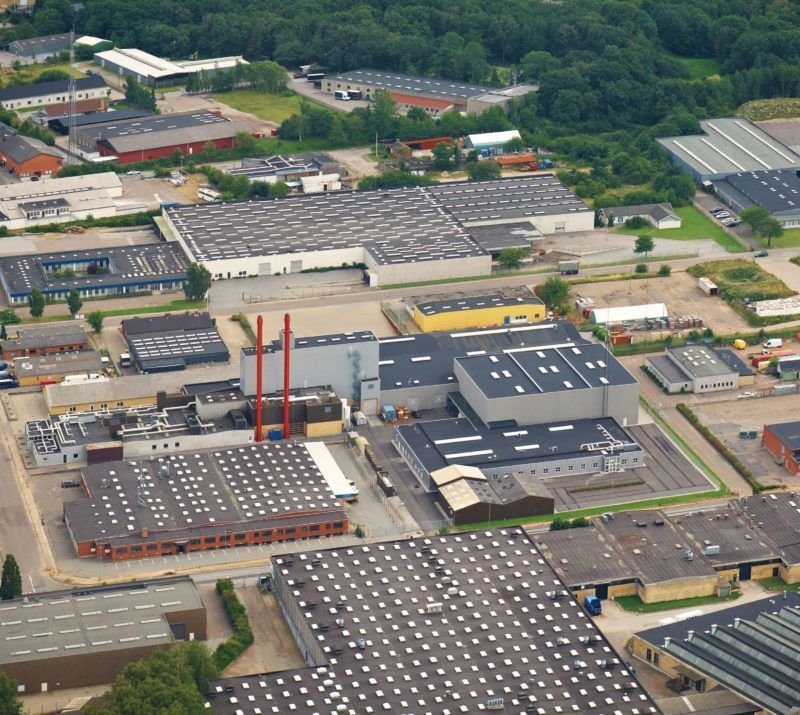Zoom in to effective warehouse drainage maintenance

A planned and preventative maintenance (PPM) programme backed by clear asset condition data is essential to ensure large area drainage systems like those on logistics parks remain in good working order.
Monitoring the condition of pipes over time is a key step, something most commonly done by commissioning CCTV drainage surveys.
A range of specialist equipment is used to carry out these surveys, most notably in recent years the robotic crawler camera.
The camera is mounted on a mini wheeled vehicle which is placed in the drain or sewer, and remotely driven through the pipe network, while HD-quality video footage is recorded.
Positional data is also captured, so the process can also be used to map the distribution centre’s entire drainage system.
An alternative, is to use the push-rod camera system. With this, a flexible rod, with a camera on the end, is fed into the drain.
A new option, ideal for the long-run and relatively straight pipework used in drainage systems in logistics parks, is the new pole camera, or zoom camera.
This technology used a powerful zoom camera that allows the operator to capture video footage along a straight pipe in a matter of seconds.
While it does not capture the same positional information, it is quicker to use than the crawler camera or push-rod system.
That means an asset condition survey can be completed on a logistics park more quickly and more cost-effectively. If need be, a crawler camera can then be used to carry out a more detailed survey along a particular length of pipe.
As part of a PPM programme, a large warehouse park can be surveyed regularly in one go, or in phases, with remedial work then organised according to risk-assessed priorities.
The most common task is to cleanse surface water channels and pipes using a jet vac tanker. Other maintenance work includes cleaning out fuel interceptors and pump sumps.







